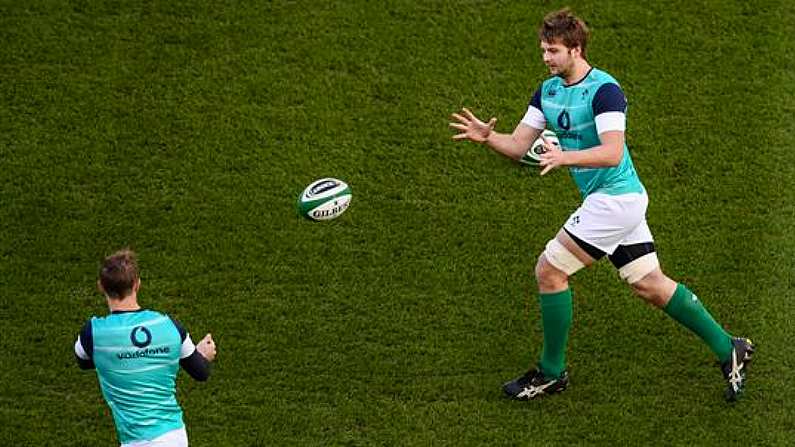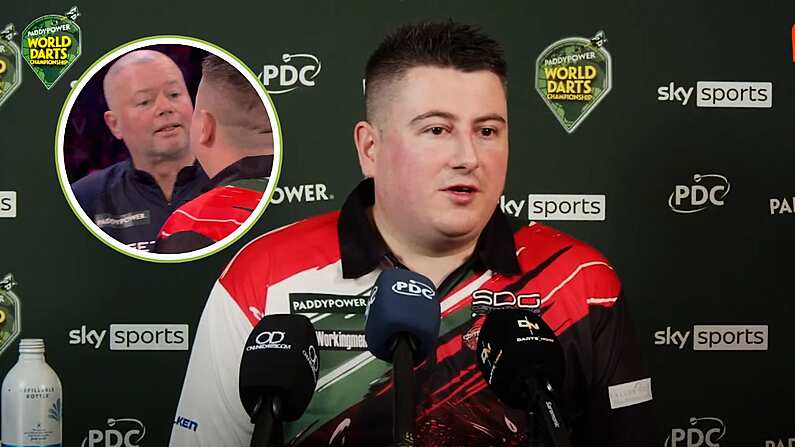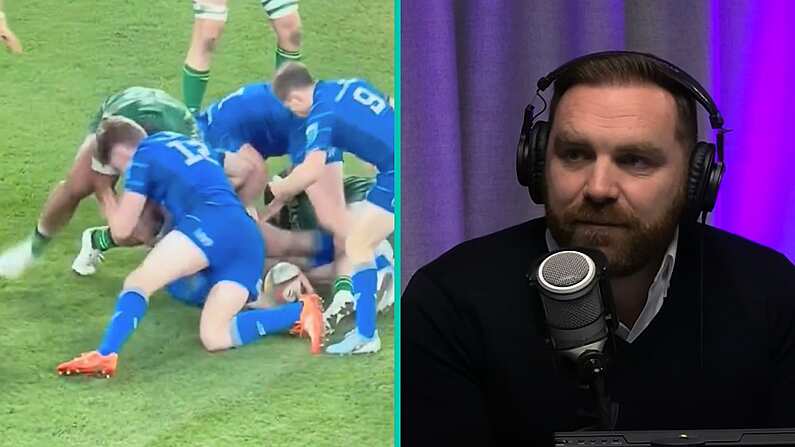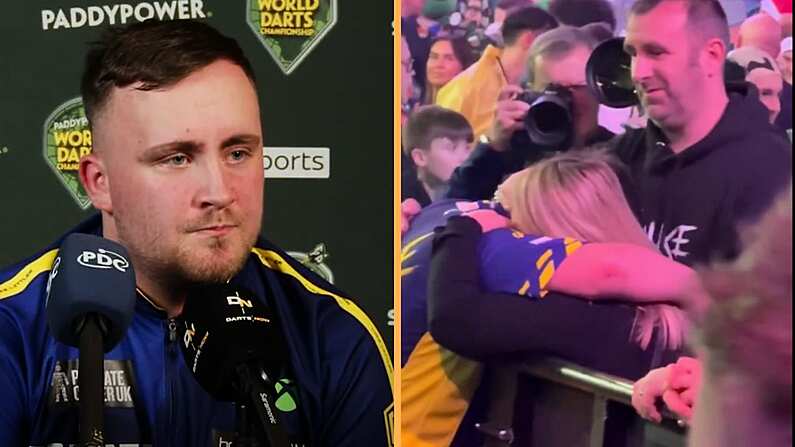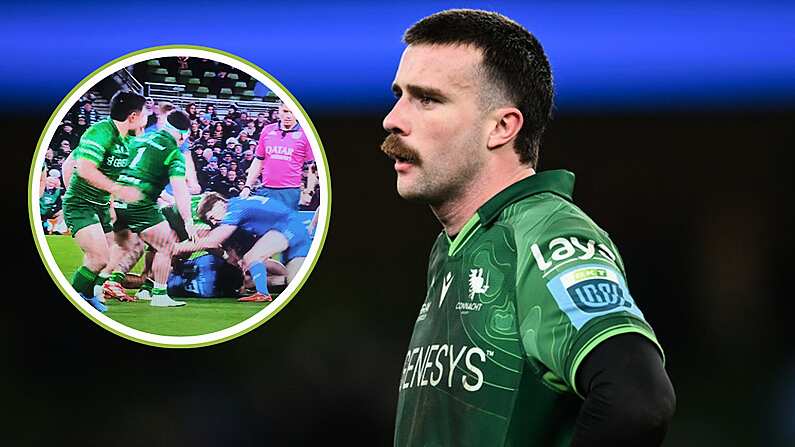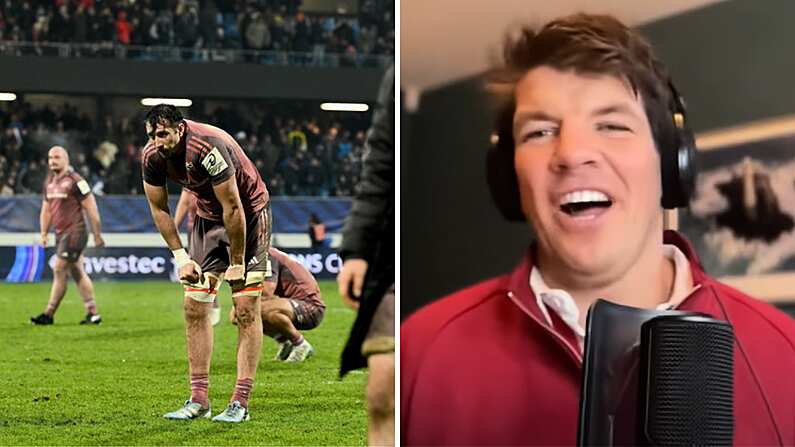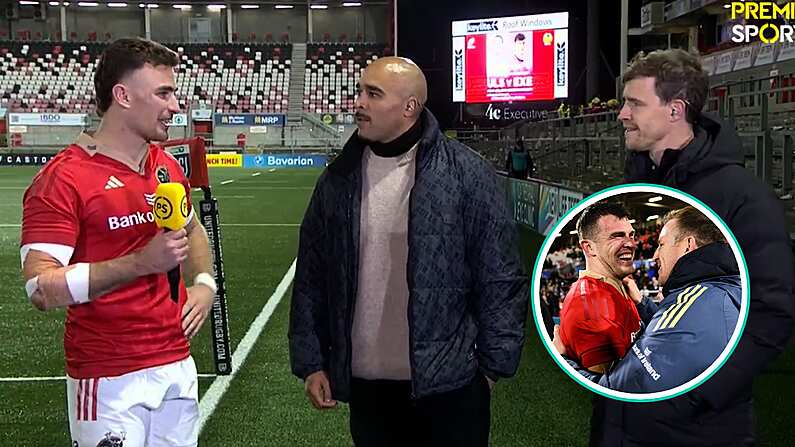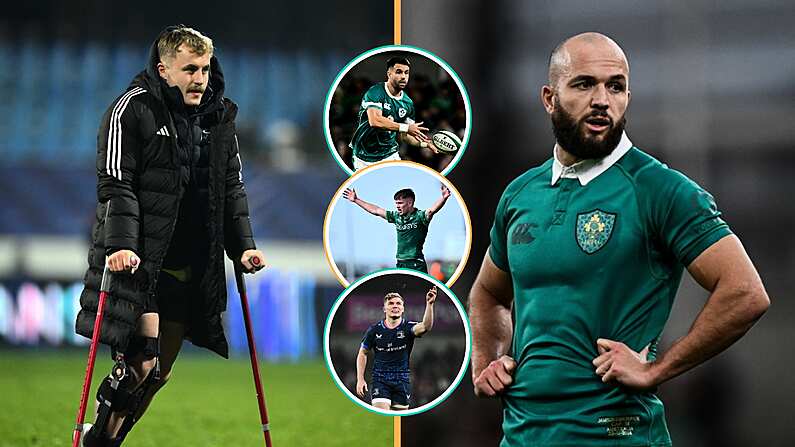Ireland’s squad is littered with walking wounded following the brutal clash with New Zealand last Saturday. The main question that rises from the battle in Dublin 4 is what team will Ireland be able to field this weekend given the lengthy injury list that includes Johnny Sexton, Robbie Henshaw (both of whom are confirmed absentees), Tadhg Furlong, CJ Stander, Simon Zebo and Rob Kearney.
Australia will take to the field on Saturday two wins away from a European Grand Slam; they’ve already seen off Wales, Scotland and France. Still to come they have Ireland and England. The Aussies have just once claimed such a Grand Slam, in 1984, and, as a result their motivation will be as high as ever.
Ireland are of course going for a Grand Slam of their own as they attempt to beat South Africa, New Zealand and Australia in the same calendar year for the first time in history.
Rory Arnold, or Two-Story Rory, will be a major challenge for Devin Toner at lineout time. At 6’10” he can compete with Toner, given the little difference in height.
David Pocock will also likely feature against Ireland for the first time since 2010; stopping his effectiveness at the breakdown is key.
In terms of offence we can expect the traditional strength of Australian rugby: ball playing. Bernard Foley, Tevita Kuridrani, Will Genia and Reece Hodge will all bring broken-field running and offloading. It’s a different challenge to New Zealand but always a difficult one.
So, what are Joe Schmidt’s options for Saturday?
Out-half
Sexton is confirmed out of the clash on Saturday with a hamstring problem. The obvious option is to start his usual stand-in Paddy Jackson. But, is that the right thing to do? Jackson was okay, but not outstanding in his 62-minute outing against New Zealand. In fact, his wayward clearance kick led directly to Malakai Fekitoa’s game-securing try.
Do you back the Ulster man to improve? Or do you bring in 21-year-old Joey Carberry and give him the chance to show he’s old enough to handle tier-one opposition? In terms of building for the future, it might be more useful to blood Carberry here, that said, the security of Jackson at 10 has its merits.
The decision to exclude Ian Madigan because of his decision to move to Bordeaux does look a little bit shortsighted now, though.
Centre and fullback
In the centre, Henshaw is the other confirmed absentee for Ireland with concussion. Garry Ringrose stood in – out of position – at 12 on Saturday. Schmidt could keep with the combination of Ringrose at 12 with Jared Payne outside him at 13. It seems the logical thing to do.
But if Kearney is not fit due to his concussion, the opportunity to mix things up presents itself. In this scenario Payne could be shifted to his more natural position of fullback, leaving space to include Ringrose at 13, and either Luke Marshall or Stuart Olding at 12.
Given Marshall started against Canada inside Ringrose, he would likely be Schmidt’s preference over Olding, who was just called into the squad today.
Another option is to keep Payne at 13, and use Marshall or Olding at 12, bringing Tiernan O’Halloran in at 15. Ringrose can provide cover from the 23 jersey.
It’s an area that has lots of options and could lead to a very creative selection for Ireland.
Wing
If Simon Zebo is ruled out with cramp it seems a straight call for Keith Earls to come back in provided that he has recovered from the dead leg he suffered against Canada. You’d imagine he would have been pushing for a slot against New Zealand had he not picked up the injury and adds a finishing potency Ireland missed in the New Zealand II match.
Craig Gilroy is the next best bet to slot in on the wing. He was convincing against Canada and looks third choice at this point ahead of both Niyi Adeolokun and Darren Sweetnam.
Back row
Stander is another who is undergoing return-to-play protocols for concussion and is an uncertainty to face the Aussies. If he’s out it’s a straight call between the dynamism of Josh van der Flier or the experience of Peter O’Mahony.
Schmidt is a man who values experience and you would think for that reason O’Mahony might edge into the team to lend his unique brand of grunt.
But Van der Flier has been outstanding as a replacement entering the fray in the first half in both New Zealand Tests. Ireland could well do with his ability at the breakdown to combat David Pocock on the deck.
It’s a very tight call to be made at six this week.
Second row
In the second row you’d have to think Ireland need the dynamism of Iain Henderson and Ultan Dillane – especially against the swashbuckling style of the Wallabies. Donnacha Ryan is fit but it could be wiser to start one of the younger pair in the XV alongside Devin Toner with the other on the bench.
Front row
Tadhg Furlong is still touch and go for Saturday as he attempts to recover from a dead leg and will be monitored over the next 24 hours. If Furlong is unable to start then Schmidt has two clear options.
Connacht’s Finlay Bealham will be promoted to the No 3 jersey – that’s a given.
The more difficult question to answer is who will slot in on the bench. The first option is to promote Munster’s John Ryan to the 23. The 28-year-old made his debut against Canada a week ago and looks the more likely option.
However, Joe Schmidt also has another option. At 36-years-old Mike Ross is still going and could be recalled. He has the benefit of bringing a wealth of experience in the form of 61 caps to the Ireland team.
The larger issue is that he would be 39 at the next World Cup. Is it time to look beyond Ross and build for the future? Maybe he deserves another crack at the tighthead slot.
See Also: 'The Game Is In Serious Trouble Because This Is A Disgrace' - Paul Kimmage On Ireland/NZ
See Also: Now The Dust Has Settled: A Final Analysis Of Where It Went Wrong For Ireland Versus New Zealand

